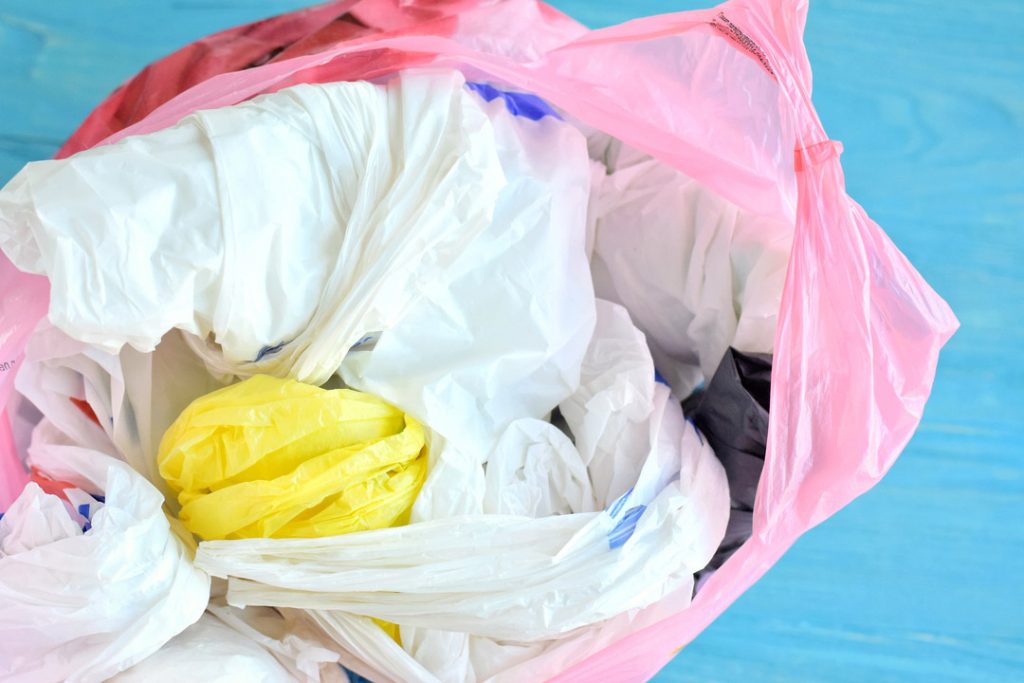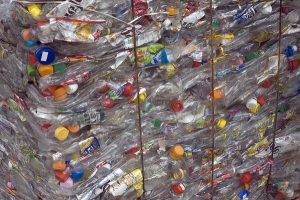 California voters want a statewide ban on single-use plastics bags, and they’d like stores to keep the fees charged for paper and reusable bags, election results show.
California voters want a statewide ban on single-use plastics bags, and they’d like stores to keep the fees charged for paper and reusable bags, election results show.

 California voters want a statewide ban on single-use plastics bags, and they’d like stores to keep the fees charged for paper and reusable bags, election results show.
California voters want a statewide ban on single-use plastics bags, and they’d like stores to keep the fees charged for paper and reusable bags, election results show.
A pair of bills in Massachusetts could have some impact on recovery. One mandates reductions in statewide per-capita waste generation and another requires state government offices to divert a host of materials.
 The City of San Antonio began accepting plastic bags in curbside single-stream carts two years ago. In its first year, 550 tons were recovered through the program, but that number fell by more than two-thirds in the second year.
The City of San Antonio began accepting plastic bags in curbside single-stream carts two years ago. In its first year, 550 tons were recovered through the program, but that number fell by more than two-thirds in the second year.

Bag producers pledged to support municipal programs in educating the public on proper bag recycling. | Ivanova Tetyana/Shutterstock
A coalition of bag manufacturers is committing to use more recycled plastic in the coming years. Recycling stakeholders are reacting to the pledge, which will include both post-consumer and post-industrial resin.
 By tweaking existing equipment, materials recovery facilities could reduce the amount of flexible film packaging landing in their fiber bales, an industry study concluded.
By tweaking existing equipment, materials recovery facilities could reduce the amount of flexible film packaging landing in their fiber bales, an industry study concluded.
 A months-long string of rising prices for recovered materials has continued into February.
A months-long string of rising prices for recovered materials has continued into February.
 CarbonLite, a reclaimer producing food-grade recycled PET, will double its processing capacity this year with the construction of a $62 million facility in Dallas.
CarbonLite, a reclaimer producing food-grade recycled PET, will double its processing capacity this year with the construction of a $62 million facility in Dallas.
 Federal authorities slap a Georgia plastics recycling company with hundreds of thousands of dollars in fines, and officials in New Mexico get their hands dirty in a waste composition study.
Federal authorities slap a Georgia plastics recycling company with hundreds of thousands of dollars in fines, and officials in New Mexico get their hands dirty in a waste composition study.

A variety of businesses in Oregon were recently awarded grants to boost materials recovery. | bleakstar/Shutterstock
An Oregon agency has awarded $5.6 million in grants to bolster recycling and composting infrastructure serving the Portland area.
